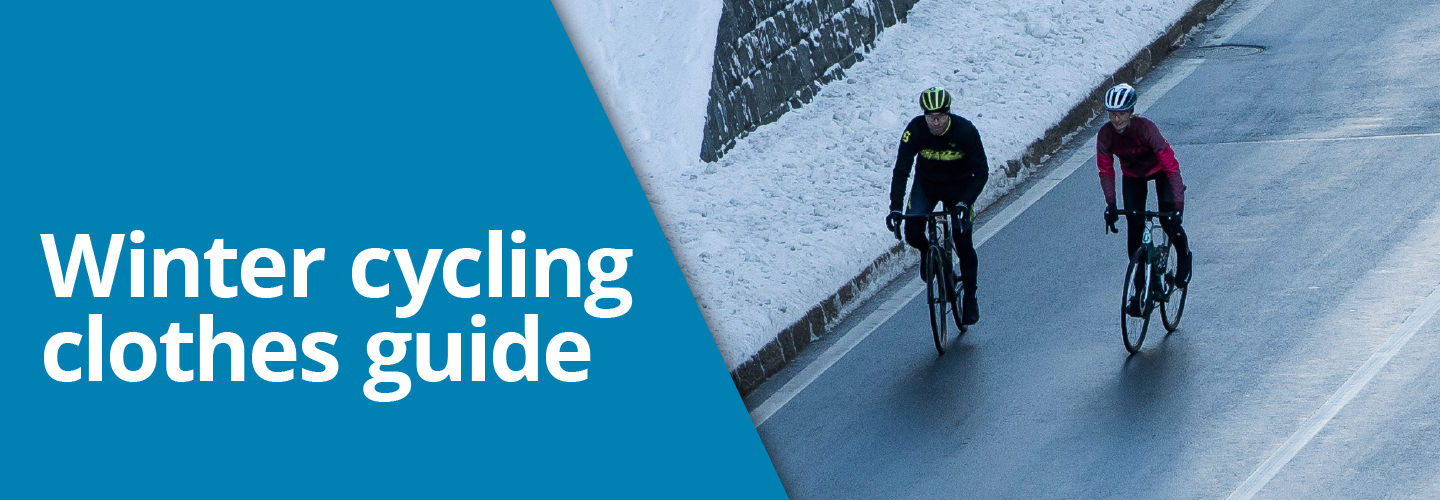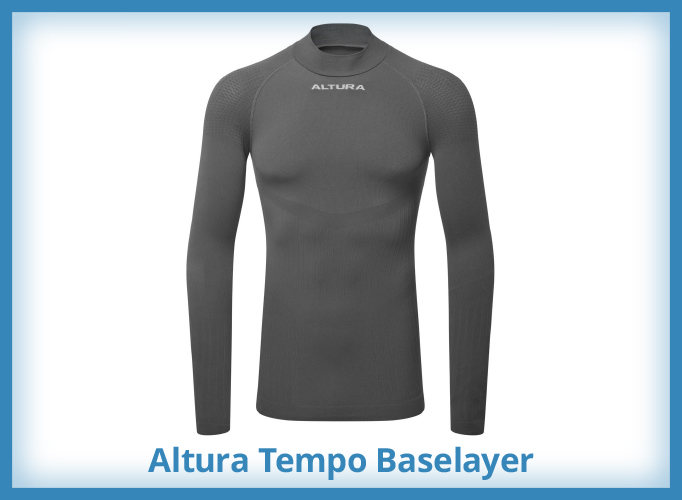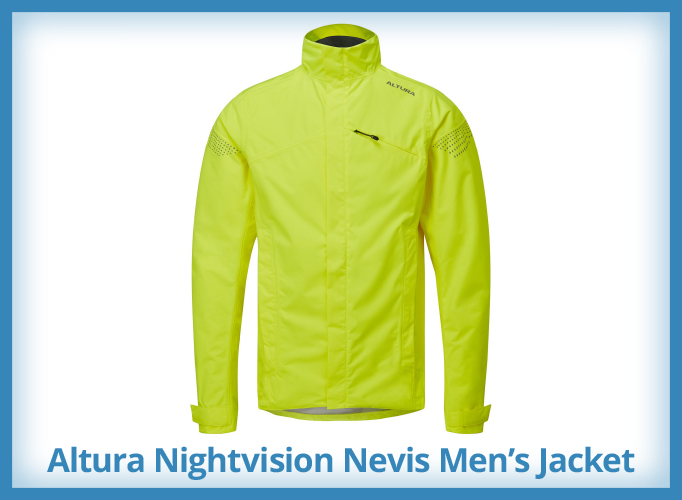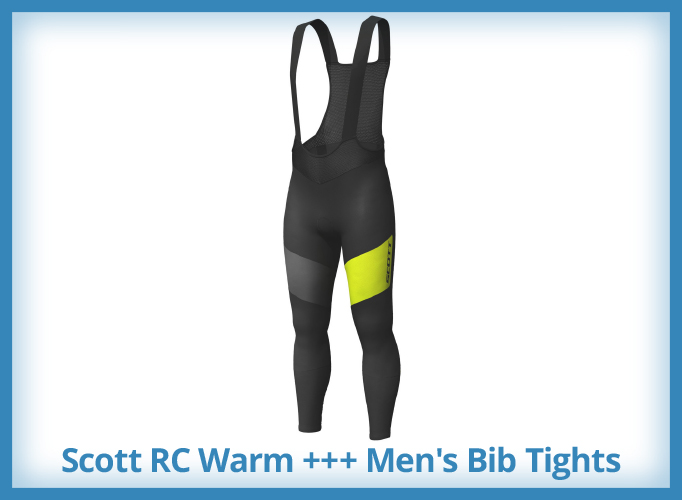
Best winter cycling clothing: a guide on what to wear on your bike during the colder days.
With the colder days approaching, we have come up with a handy guide on how to dress for Winter cycling. While it is easy to step out the door on Summer days with just a jersey and a pair of padded shorts, cold days require a little more preparation. Staying warm and dry is essential, and our guide aims to help you choose the ideal winter cycling clothing kit.
What to wear for cycling in Winter?
Whatever type of cycling you do, the basics are mostly the same. To keep warm, dry and protected from the elements, you should follow the below winter cycling gear checklist:
A breathable, absorbing base layer to transfer the moisture from your skin to your outer layer.
A thermal, insulating, and waterproof/windproof or water-resistant/wind-resistant jacket, acting as a barrier against the rain and cool winds.
A pair of warm gloves to ensure you keep your hand's dexterity in cold conditions.
Warm trousers, bib tights.

As for any outdoor activity, layering is vital when winter cycling. The best base layers sit next to the skin, transferring moisture away from your body while regulating your body temperature. Mid-layers act as an insulation layer, while the outer layer protects you from the wind, rain and snow.
Winter Cycling Layering Guide.

Upper body
Baselayers, whether full sleeve, short sleeve or sleeveless, are the foundation of your layering system and help regulate your temperature making sure you neither get too cold nor too hot. Made of various materials like Merino wool and polypropylene, they are essential to any winter cycling kit, wicking the moisture away from your body.
Cycling mid-layers can be two things.
You can use your all-year-round cycling jersey on top of your base layer. Its breathable property will ensure you stay dry under your waterproof jacket while giving you an extra warm layer.
However, if you want a bit of extra warmth, you can opt for a mid-layer jersey like the highly performing Scott RC Warm Long-Sleeve mid-layer shirt. The brushed fabric acts like a fleece layer over your base layer, keeping you extra warm on colder days.
Next, and arguably the most important layer, is your winter cycling hardshell jacket. Either waterproof or water-resistant, cycling jackets give you the protection you need against the elements while working in conjunction with your other layers to keep the moisture away from your body as you cycle.
Cycling jackets are lightweight and compact, so you can carry them easily in your jersey's back pocket if the weather improves. As the visible layer of your Winter kit, winter cycling jackets have reflective and high-visible details to help you be seen on the roads. They also come with zipped-secure key pockets and have handy storage pockets to carry all your essentials.

The perfect Winter cycling commuter jacket will have plenty of reflective details to increase your visibility on dark roads
On milder days, a cycling gilet is just about enough and a lighter option than a jacket. Gilets are a versatile garment to have in your cycling wardrobe. They pack small and can be used all year round. If you prefer to travel light, then you should definitely invest in one of these wind-resistant, water-resistant shells.
We particularly like the Scott RC Team Windbreaker Vest, which uses a superlight packable windbreaking and water-repellent fabric.
Lower Body
A good quality pair of winter cycling tights, thermal shorts or leg warmers are a must-have to keep your legs warm. Micro-fleece lined, these winter cycling bottoms will ensure you can keep on pedalling no matter how cold it is outside. Some, like the Scott RC Warm +++ Bib Tights, will even have water-wind resistance properties to keep you extra protected.
And if you prefer using your favourite padded shorts, there are some winter cycling tights without pads available to wear as a base layer.
For the commuter and city riders, waterproof winter cycling overtrousers are essential during the colder, rainy Winter months. In addition to being waterproof and windproof, these easy-to-put-on trousers are fitted with reflective details increasing your visibility and safety on the roads.

Winter Cycling Accessories

Finally, and definitely as important as the above, are the Winter specific cycling accessories designed to keep your extremities warm and comfortable.
Cycling Gloves
Investing in a water-resistant or waterproof pair of gloves is wise when Winter cycling. The colder it gets, the harder it can be to operate brakes and gears, so keeping your fingers warm is vital. Ideal gloves should keep you warm while allowing some dexterity.
If you are commuting or cycling mainly in the city, full-finger warm gloves like the Altura Nightvision Waterproof Insulated Gloves will ensure you cycle comfortably throughout town.
If you are a road cyclist conscious of bulk, you can opt for glove liners under less bulky gloves like the Altura Merino Liner Cycling Gloves. These liners are also great worn on their own on milder days.
Cycling Overshoes
A Winter cycling kit essential by excellence, cycling overshoes are a must-have if you want to prevent your feet from turning into ice blocks. Water-resistant or waterproof, these layer sits above your shoe, keeping your feet protected from the elements. Reflective detailing also increases your visibility on the road during the darker Winter month.
Cycling Headwear
When it is time to ditch the sunglasses, another type of headwear comes to play. Warm neckwarmers and fleece-lined skull caps act as the perfect warm layers to create a barrier between your head and the elements ensuring you can enjoy your rides no matter the weather.
And, if you are commuting in the rain, a helmet cover is an ideal accessory to keep your head dry while protected.
How Cold Is Too Cold To Ride A Bike?
If you follow the above guide, you will be properly kitted out for your Winter rides, and very few weather conditions will prevent you from going out. However, as a general rule, you should not ride your bike when temperatures are below freezing, as ice can form on the road and increase the risk of losing control of your bike.
What Clothes Should I Avoid For Winter Cycling?
While few items should be excluded from your winter cycling clothing set, as a general rule, you should always avoid cotton-made garments. Cotton absorbs moisture and keeps it trap near to your skin, which can, in turn, make you cold and uncomfortable.
Complete your Winter preparations by visiting our bike lights buying guide to help you stay visible during the darker days and our mudguards guide to protect you on rainy days.










